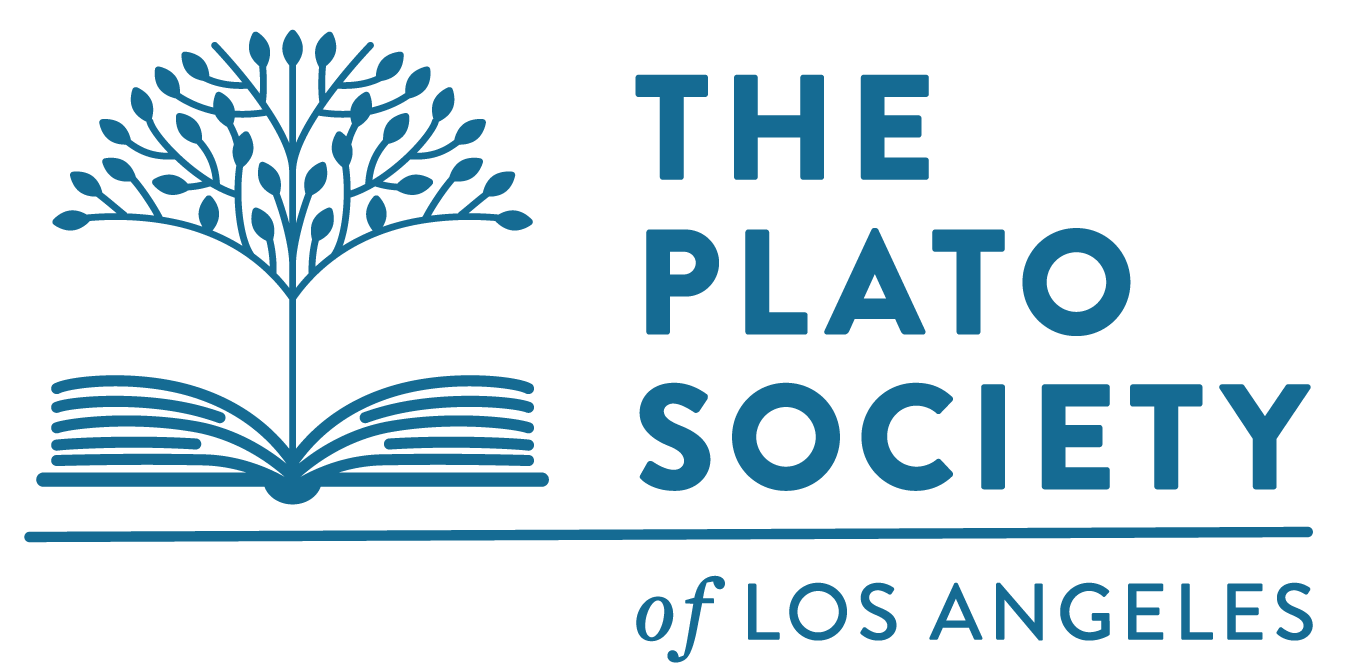Description
Did you know that trees talk to each other, share nutrients with other sick trees and can warn each other of danger? They are essential to the survival of the human race, yet most Americans can only name 10 or fewer trees growing in the United States. Not an SDG in botany, but rather on the value and meaning of trees, discussion will examine the roles trees play in our lives. Topics will include how trees feature in art, literature, film, health, religion, and politics. Further, we will examine how trees influence climate, control environment, and enhance community. Beyond the role that trees play in our lives, we will also look closely at select trees to discover both the extraordinary secrets of everyday trees, as well as familiarize ourselves with the exceptional trees of the world. Optional field trips offered.
Weekly Topics
Overview and the evolution of trees
A community – what trees feel and communicate
The enchanted forest – trees in literature, film, and art
Rituals and religion – the Bodhi tree, The Tree of Knowledge, The Tree of Life, sacred trees
The giving tree: food, oxygen, shade, shelter, fuel, and animal habitat
Trees and the body: Medicines/health benefits; conservation burial
Urban trees and social value -neighborhood class markers; property values; urban shade; LA's Tree Plan
Heating and cooling the planet - burning the Amazon; clear cutting; tree epidemics
Harnessing the deserts – green walls of Africa; Champion Tree Registry, and cloning
Tree activism - trees and politics: Palestinian olives; Mexican Avocado wars; tree sitting
Bibliography
Core Book:
Drori, Jonathan. Around the World in 80 Trees, Laurence King Publishing, Ltd., 2018
Suggested Reading:
Wohlleben, Peter. The Hidden Life of TREES, What They Feel, How They Communicate.
Discoveries from a Secret World. Ludwig Verlag Munich, 2015
Hodel, Donald R. Exceptional Trees of Los Angeles. California Arboretum Foundation, Inc.
1988
Tree Articles & Websites
https://getpocket.com/explore/item/3-life-lessons-we-can-learn-from-trees
https://www.smithsonianmag.com/science-nature/great -green-wall-stop-desertification-not-so-much-180960171/
https://www.annualreviews.org/doi/10.11x /annurev.ecolsys.37.091305.110215 http://old.worldagroforestry.org/downloads/Publications/PDFS/BL17569.pdf
https://www.flavorwire.com/244765/relevant-trees-in-art-history
https://www.sierraclub.org/sierra/2017-1-january-february/books/politics-trees
https://www.sciencedirect.com/science/article/pii/S2351989415000141 /PDFS/BL17569.pdf
https://www.flavorwire.com/244765/relevant-trees-in-art-history
https://www.sierraclub.org/sierra/2017-1-january-february/books/politics-trees
https://www.sciencedirect.com/science/article/pii/S2351989415000141
more articles/websites beginning of SDG








